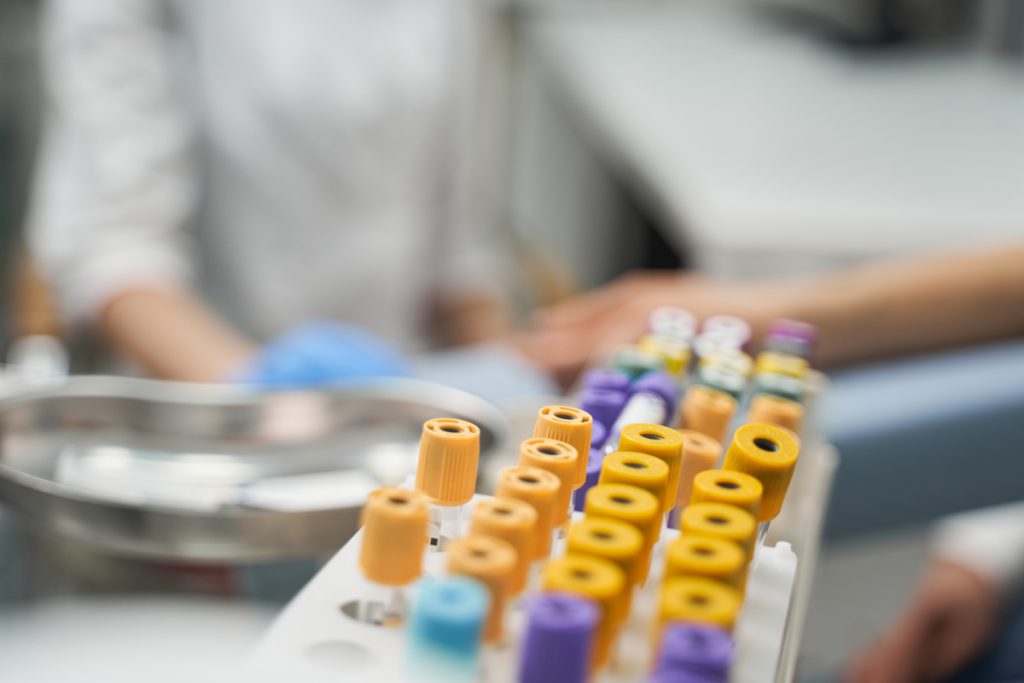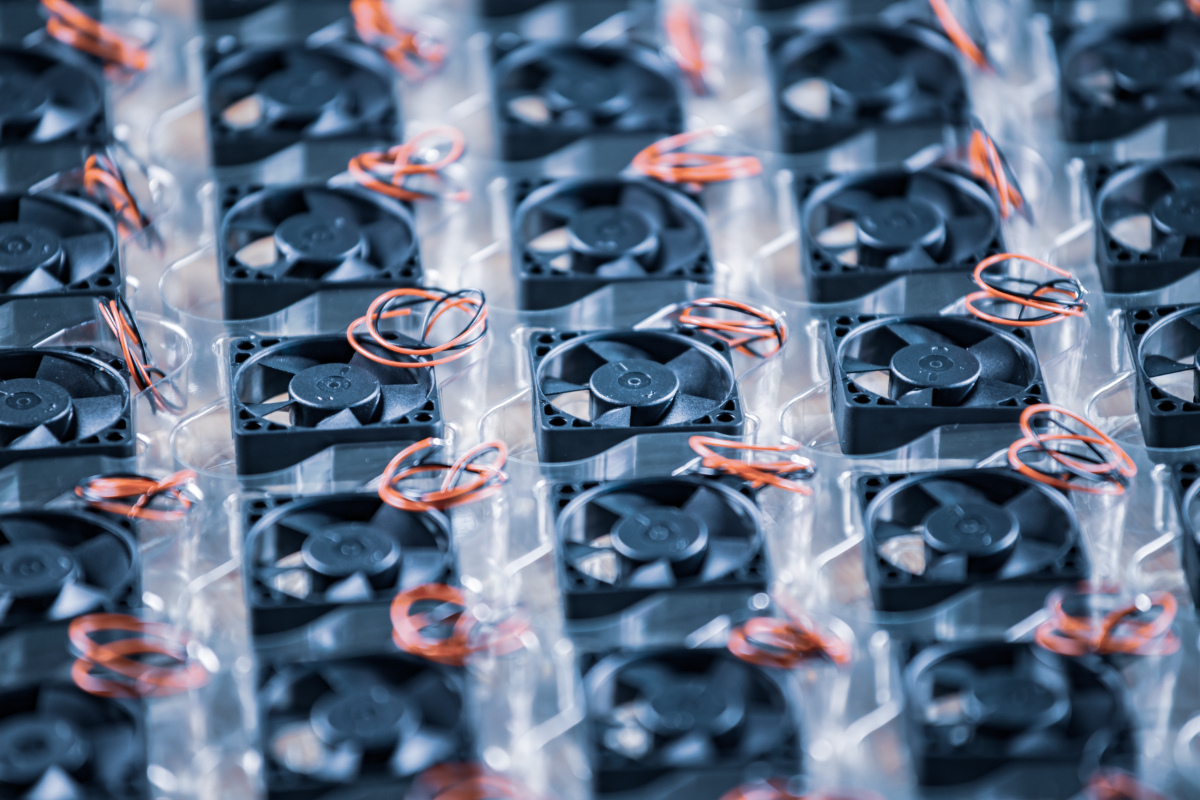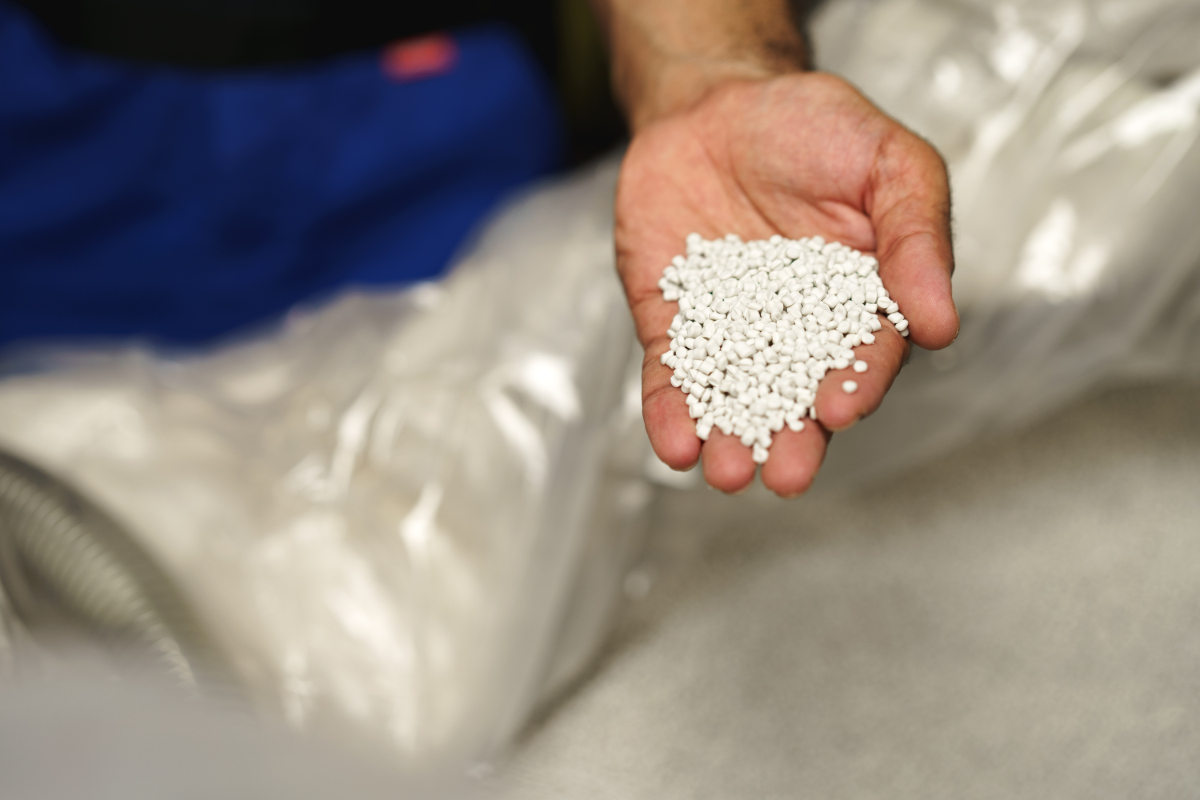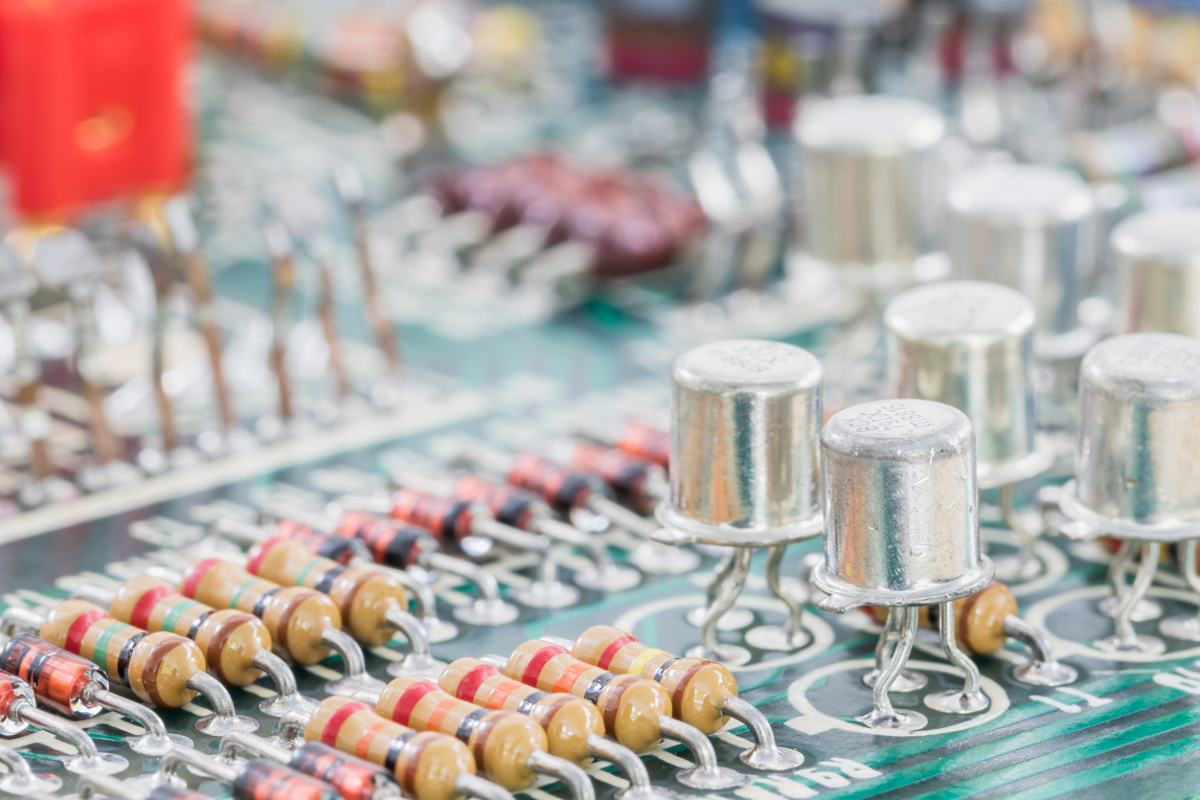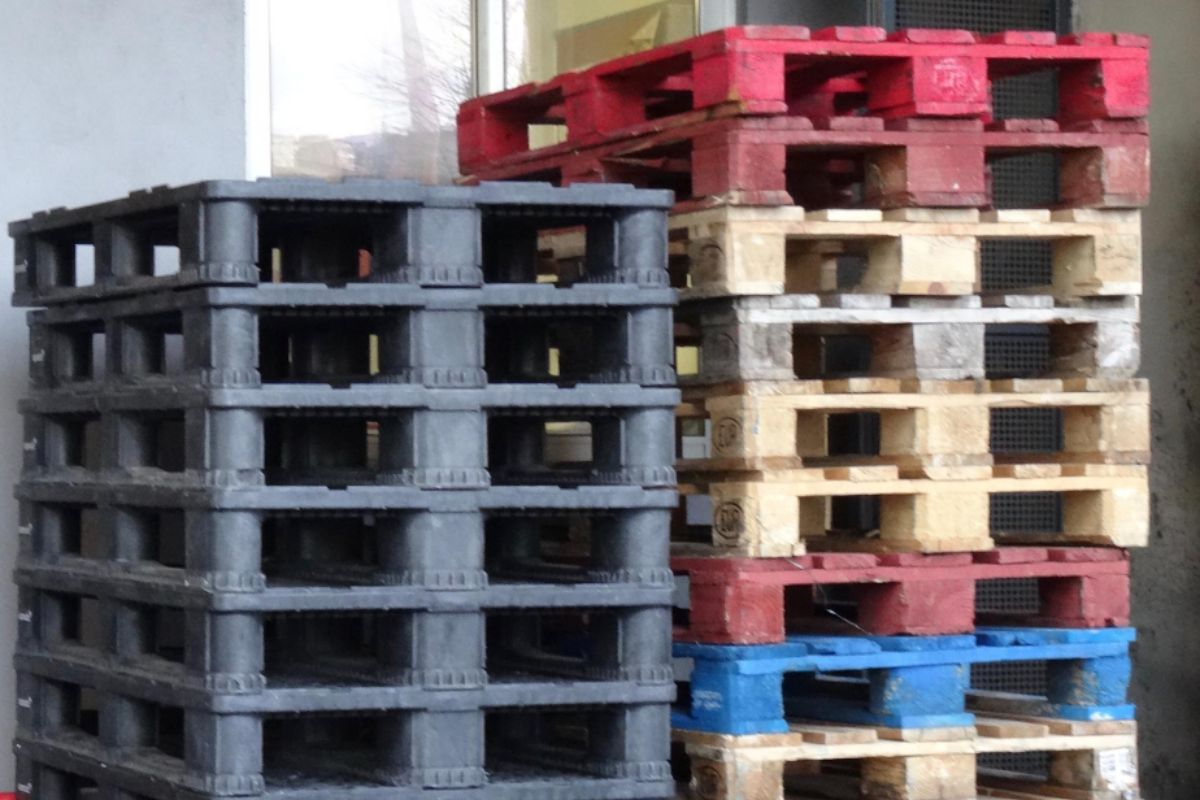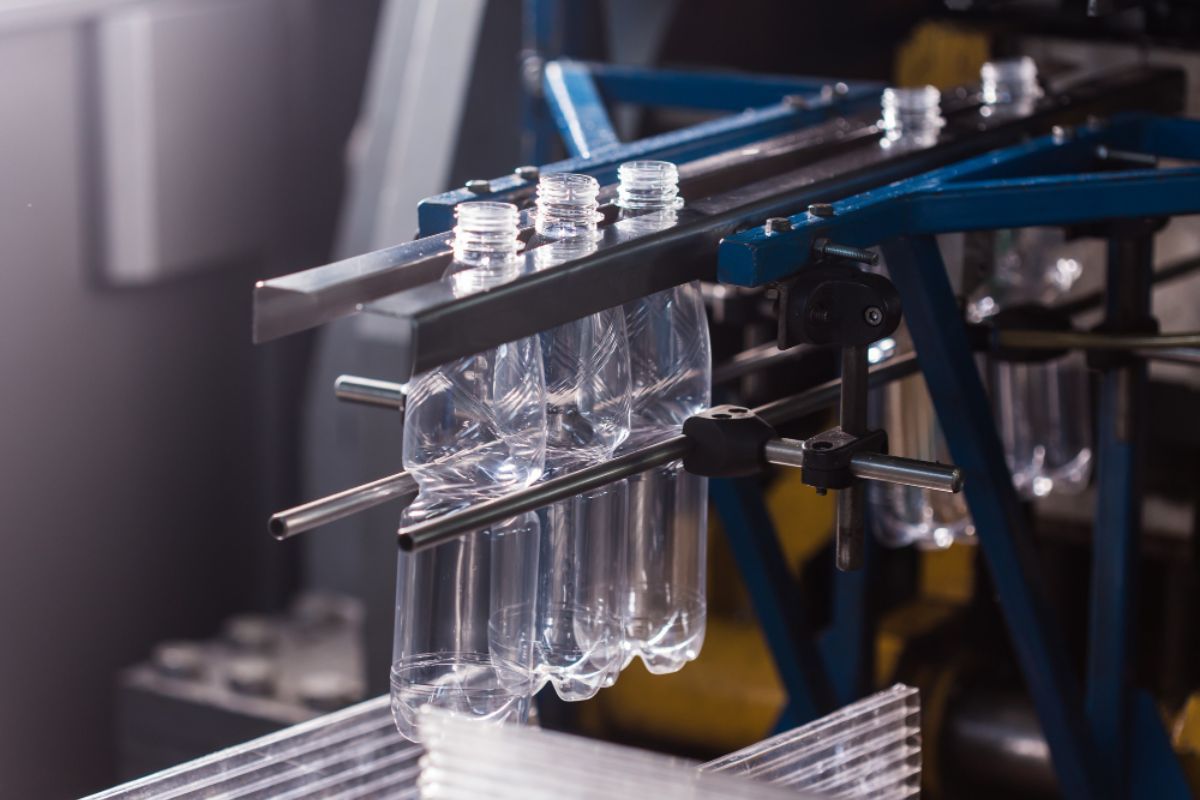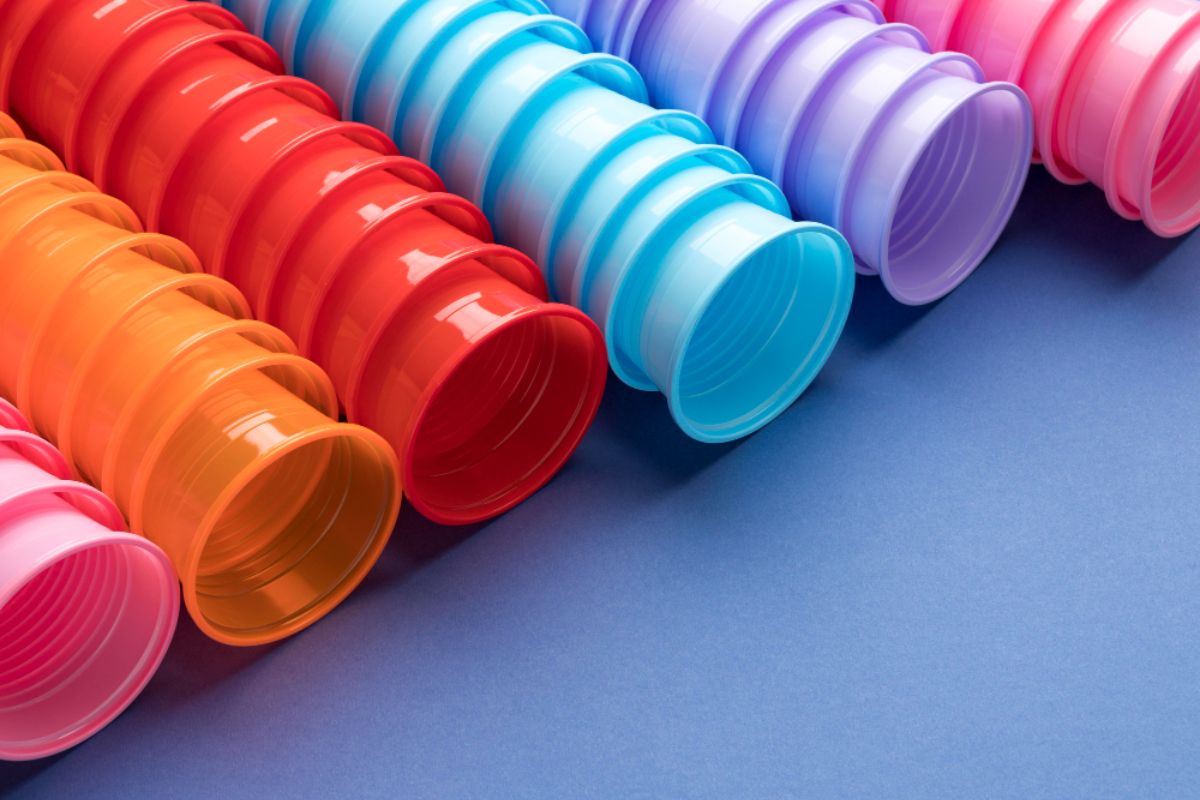How to design plastic parts for assembly?
- Consider material properties
- Design your cross-sections
- Look for symmetry
- Factor in shrink rates
- Work around standard hardware sizes
- Determine the best assembly method
In the past, it was common to make different injection molds for every single component needed for a plastic product. The resulting pieces were then assembled in a time-consuming process — the mere idea of using the same mold to create multiple components wasn’t commonplace.
Nowadays, with more development, the injection molding process has become more efficient, especially when it comes to plastic assembly. Most injection molders can make plastic components designed specifically for an assembly process.
Interested in learning how to design plastic parts for assembly, and how to keep your options open for more utilization across your product line? Read on.
Consider Material Properties
Before deciding on your plastic design, take a close look at your plastic materials. What are their performance characteristics? Will they be able to work well in contact with chemicals, other materials, and other environmental factors that the product will be exposed to?
Generally, plastics don’t have problems coming into contact with dissimilar materials — a common problem with metals. But, plastics can expand and contract at different rates, and also react to load, compression, and tension in different ways.
There are hundreds of different plastic materials to choose from, and picking out those that operate similarly enough is key to preventing product failure. This is where an experienced injection molding partner can assist you. They are more likely to know which plastics will best fit your intended assembly and application.
Performance characteristics also tend to influence the type of material you select for the design. Will they see shock loads in the customer’s hands? Will the product have to undergo high tension or compression while in use? The small details can and will affect which material is selected and how the product will be assembled.
You should also take into consideration what materials may be present in its final assembly. Things like metal fasteners, screws, and such also affect the performance, weight, and durability of your product. Consult your injection molding partner and designer to see your material options, and how they may affect your product’s function.
Design Your Cross-Sections
Next, move on to your design. One of the first things to consider is your cross-sections — aim to get them as thin and as uniform as you can.
Doing this will ensure dimensional stability and ease of manufacturing. Creating cross-sections that are too thick can cause plenty of cosmetic defects, and affect the quality of your part.
If you need to improve rigidity and strength, adding inserts or ribs can help make a more durable part without risking distortion. If you’re using a more complex design featuring thin and thick sections, ask your designer to help you factor in tolerance changes to your design — these are more common in the molding process for complex shapes.
Look For Symmetry
Assembly of your final product can be achieved by using symmetrical parts. Consider designing your components as two halves of a whole.
Older molding practices may have designed components separately, relying on various bolt holes, fasteners, and washers to tie everything together. But following this method may require you to use more injection molds and tooling to create your product.
By designing your product into two symmetrical halves, and distributing holes, threads, and other inserts in each part equally and opposite of one another, you could cut tooling and molding costs. All you would need is one mold to create a pair of identical parts to produce one unit of your final product.
Factor In Shrink Rates
Shrink rate is one of the most important things to consider when designing any part — but particularly important when designing multiple, separate components for later assembly.
Different materials will shrink at different rates, and not accounting for it can impact part integrity. For example, one component made from thermoplastic is injected into a mold. As it cools, it shrinks. If you estimated it would turn out slightly bigger than it actually does, then your assembly may not fit perfectly.
Plus, thicker cross-sections will cool at a slower rate than thin cross-sections. This disparity can cause distortion if the shrink rate was not accounted for — which means the part will likely break or bend, failing to function as it should
Work Around Standard Hardware Sizes
You may think it’s cheaper if you design and manufacture all of your parts yourself. For most components, this is true. But when it comes to hardware, like screws, nuts, pins, keys, and other common inserts and connectors, you’re better off sticking to the standard sizes and formats already on the market.
Design your plastic parts around the standard hardware items. This will prevent your manufacturing process from becoming too complicated and can help you reduce production costs in the long run.
Determine The Best Assembly Method
Now, consider how you will actually assemble the parts. There are a lot of ways you can go about it, but most methods fall under three categories:
- Mechanical — This is good for products that have to be manually disassembled later on (for example, battery packs have to be opened periodically). Methods like fit and snap-fit are two options under this category. It’s also recommended for low-volume, low-cost applications.
- Adhesives — When certain materials are not compatible, using adhesives is usually the go-to assembly method. This will provide a protective layer between the two materials, and is also more likely to permanently hold the components together.
- Friction and heat methods — If you need a permanent, tamper-proof assembly, then this is the ideal option. Ultrasonic assembly and vibration welding are common methods here, but they tend to be more expensive.
There are different benefits and drawbacks to each assembly method. Determining which one is right for your product depends on many factors: your application, budget, materials, end-user needs, and more. Discuss with your injection molding partner to find the right assembly method.
Key Takeaway
Knowing how to design plastic parts for assembly is crucial in reducing manufacturing errors and making your product efficient and simple to assemble.
Of course, adding the right partner to your team can make this process simple. If you need help with your project, message Richfields today. Our industry know-how and elite staff of designers and engineers will help you meet product demands and navigate through product development with ease.
